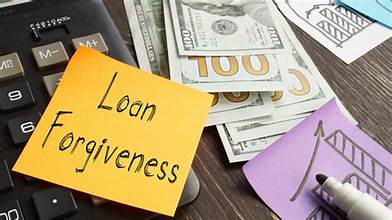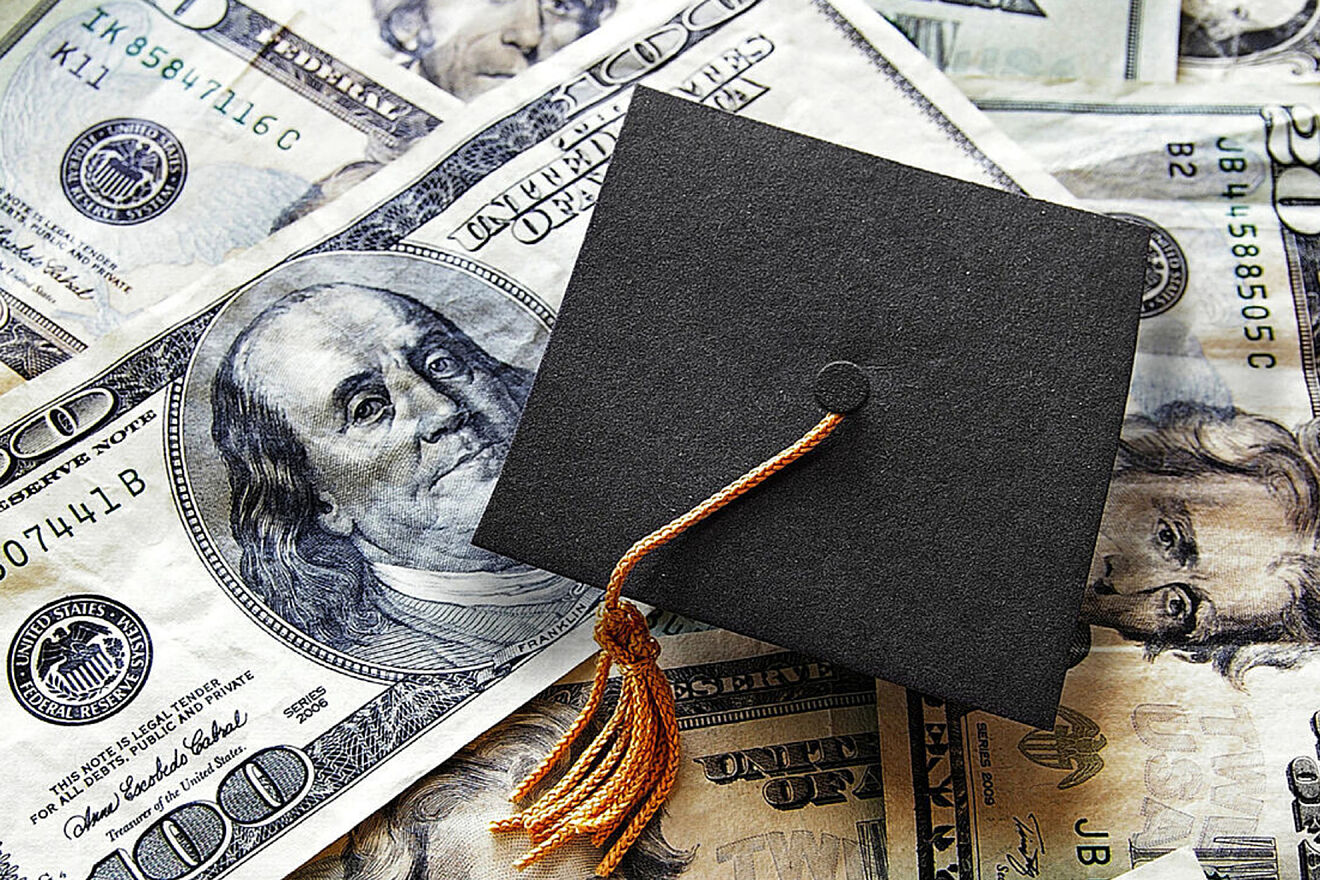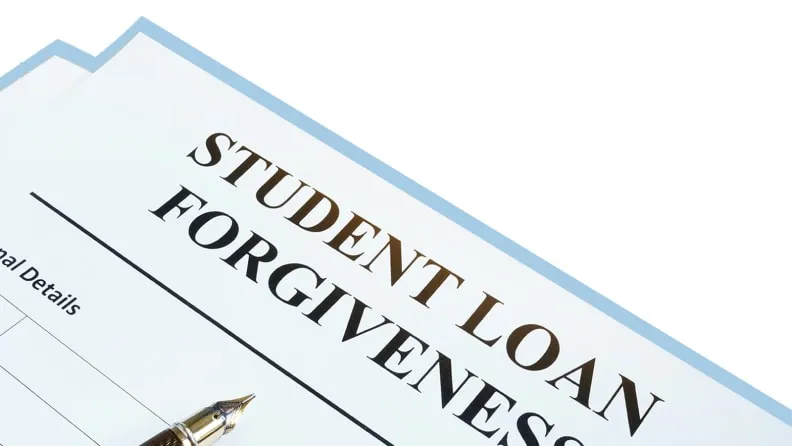In a world where education often comes with a hefty price tag, student loans have become a common necessity. However, the burden of these loans can weigh heavily on recent graduates, and many look for ways to alleviate this financial strain. Student loan forgiveness has been a topic of much discussion and interest. In this article, we will delve into the world of student loan forgiveness updates, exploring various programs, eligibility criteria, and how they can help you achieve financial freedom student loan forgiveness update.
Table of Contents
- Understanding the Basics
- What Is Student Loan Forgiveness?
- Types of Student Loan Forgiveness
- The Evolution of Student Loan Forgiveness
- Historical Perspective
- Recent Policy Changes
- Public Service Loan Forgiveness (PSLF)
- Eligibility Requirements
- Benefits and Limitations
- Income-Driven Repayment Plans
- An Overview
- How to Apply
- Temporary Expanded PSLF (TEPSLF)
- An Alternative for Some Borrowers
- How to Qualify
- Borrower Defense to Repayment
- Protecting Against School Misconduct
- Application Process
- State-Based Forgiveness Programs
- What’s Available in Your State?
- How to Apply
- Tax Implications of Loan Forgiveness
- Understanding the Tax Consequences
- Mitigation Strategies
- Private Student Loan Forgiveness
- Limited Options
- Negotiating with Lenders
- Exploring Alternative Routes
- Scholarships and Grants
- Work-Study Programs
- Student Loan Forgiveness for Teachers and Healthcare Professionals
- Specialized Programs
- Who Qualifies?
- The Importance of Timely Payments
- Staying on Track
- Avoiding Default
- Frequently Asked Questions
- Can I qualify for student loan forgiveness if I’ve already paid off a significant portion of my loans?
- The Path to Financial Freedom
- The Joy of Debt-Free Living
- Conclusion
Understanding the Basics
What Is Student Loan Forgiveness?

Student loan forgiveness is a program that allows borrowers to have a portion or the entirety of their student loans canceled, provided they meet specific criteria. It is a lifeline for those struggling with the financial burden of student debt, offering hope for a debt-free future.
Types of Student Loan Forgiveness
Student loan forgiveness comes in various forms, including Public Service Loan Forgiveness (PSLF), income-driven repayment plan forgiveness, and state-based programs. Each type has its own unique requirements and benefits.
The Evolution of Student Loan Forgiveness
Historical Perspective
Student loan forgiveness programs have undergone significant changes over the years. Understanding the history of these programs can shed light on their development.
Recent Policy Changes
In recent years, there have been significant policy changes to improve and expand student loan forgiveness programs, making them more accessible to borrowers.
Public Service Loan Forgiveness (PSLF)
Eligibility Requirements
PSLF is a federal program designed for those working in public service. To qualify, borrowers must meet specific eligibility requirements.
Benefits and Limitations
While PSLF offers a clear path to loan forgiveness, it also comes with certain limitations and challenges that borrowers should be aware of.
Income-Driven Repayment Plans
An Overview
Income-driven repayment plans are designed to make student loan payments more manageable for borrowers with lower incomes.
How to Apply
Applying for income-driven repayment plans is a straightforward process, but understanding the options available is crucial.
Temporary Expanded PSLF (TEPSLF)
An Alternative for Some Borrowers
TEPSLF provides relief to borrowers who did not initially qualify for PSLF due to specific technicalities.
How to Qualify
Understanding the criteria for TEPSLF can be the key to unlocking forgiveness for those who were previously denied.
Borrower Defense to Repayment
Protecting Against School Misconduct
This forgiveness program is aimed at protecting borrowers who have been victims of school misconduct or fraudulent activities.
Application Process
The process for seeking loan forgiveness under the Borrower Defense to Repayment program involves providing evidence of school misconduct.
State-Based Forgiveness Programs
What’s Available in Your State?
In addition to federal programs, many states offer their own student loan forgiveness programs. Explore what’s available in your state.
How to Apply
The application process for state-based forgiveness programs varies from state to state, so it’s essential to understand your local options.
Tax Implications of Loan Forgiveness
Understanding the Tax Consequences
While loan forgiveness can be a relief, it can also come with tax implications that borrowers should be prepared for student loan forgiveness update.
Mitigation Strategies
There are ways to mitigate the tax consequences of loan forgiveness, and understanding these strategies is essential.
Private Student Loan Forgiveness
Limited Options
Unlike federal student loans, private student loans have limited forgiveness options. Borrowers may need to negotiate with their lenders.
Negotiating with Lenders
If you have private student loans, open communication with your lender is key to exploring possible forgiveness options.
Exploring Alternative Routes
Scholarships and Grants
Before taking on student loans, explore scholarships and grants that can help reduce your overall education costs.
Work-Study Programs
Work-study programs provide an opportunity to earn while you learn, helping you manage your finances during your education student loan forgiveness update.
Student Loan Forgiveness for Teachers and Healthcare Professionals
Specialized Programs
Teachers and healthcare professionals often have access to specialized student loan forgiveness programs.
Who Qualifies?
Understanding the qualifications for these specialized programs is essential for those in the teaching and healthcare sectors.
The Importance of Timely Payments
Staying on Track
Maintaining consistent, timely payments on your student loans is crucial for a successful journey toward forgiveness student loan forgiveness update.
Avoiding Default
Defaulting on your student loans can have severe consequences, potentially disqualifying you from forgiveness programs.
Frequently Asked Questions
- Can I qualify for student loan forgiveness if I’ve already paid off a significant portion of my loans?
- What happens to my credit score during the forgiveness process?
- Is student loan forgiveness the same as loan discharge?
- How long does the forgiveness application process typically take?
- Can I apply for multiple forgiveness programs simultaneously?
The Path to Financial Freedom
The Joy of Debt-Free Living
Achieving student loan forgiveness can lead to a life free from the burden of debt, opening up new opportunities for your financial future.
Conclusion
In a world where education is essential, student loan forgiveness provides a glimmer of hope for those seeking to achieve financial freedom. By understanding the various forgiveness programs, eligibility criteria, and potential tax implications, you can pave the way for a brighter financial future.
Read also : moneymatteronline



